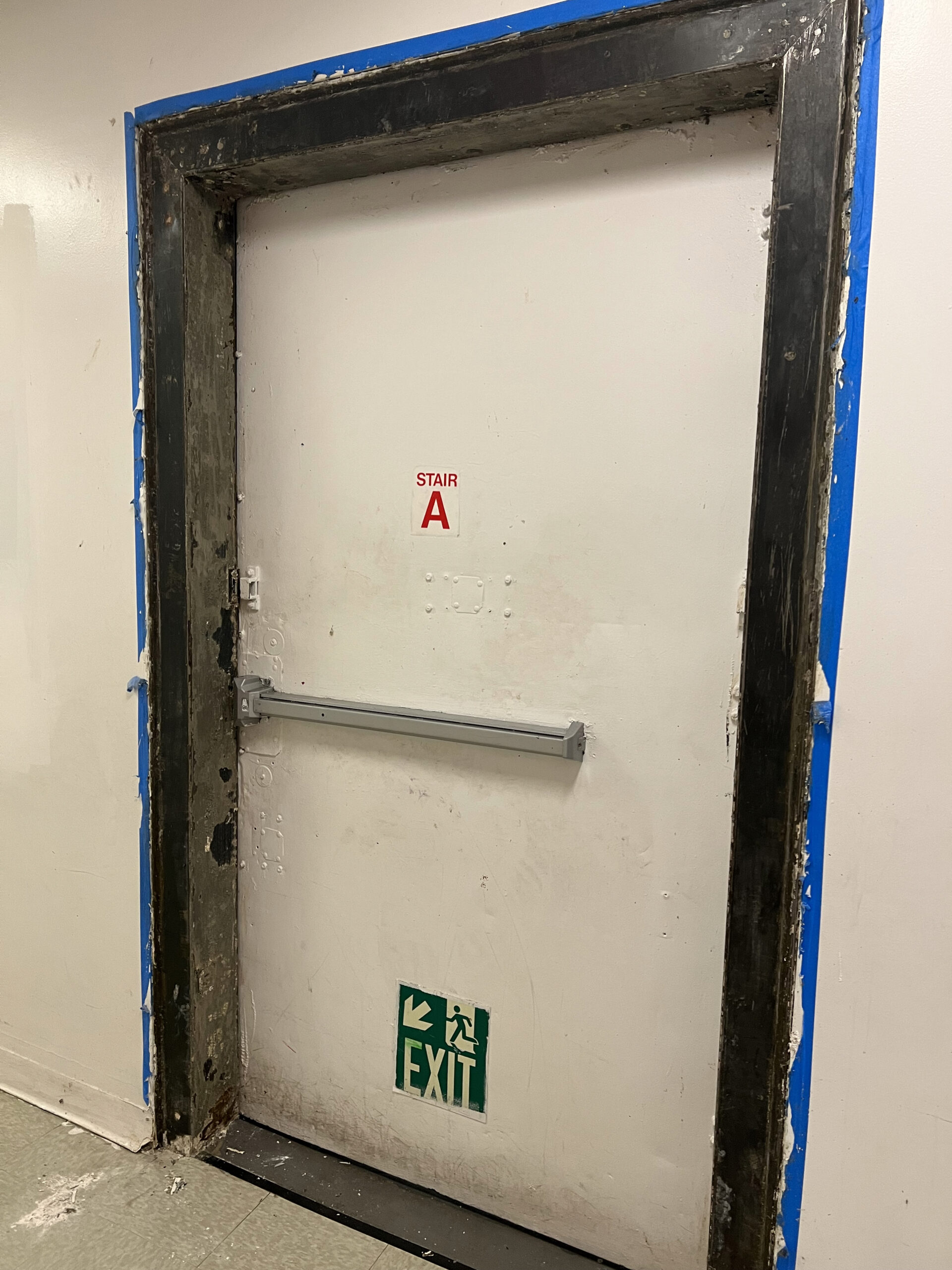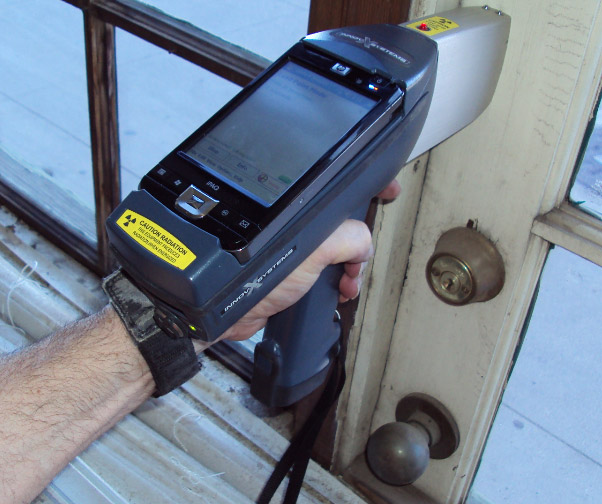Expert Lead Paint Removal Company-- Offering All NYC Boroughs
Expert Lead Paint Removal Company-- Offering All NYC Boroughs
Blog Article
Important Devices and Methods for Effective Lead Offense Cleanup
Dealing with lead violations efficiently requires a thorough approach that blends the right devices with strategic techniques. Concurrently, the use of specialized clean-up devices, such as HEPA vacuums and lead-specific cleaning representatives, is important for thorough pollutant removal. Effective control techniques, consisting of plastic bed linen and adverse air pressure systems, are crucial to stop the spread of dangerous products.
Personal Protective Equipment
Individual safety equipment (PPE) is a vital element in the effective management of lead contamination cleanup. PPE functions as a crucial obstacle, safeguarding employees from the unsafe effects of lead exposure, which can lead to extreme health and wellness consequences. The essential PPE for lead clean-up includes respirators, safety clothes, handwear covers, and eye defense. Each sort of devices is specifically created to minimize various risks associated with lead particles and dust.
Respirators, particularly those geared up with HEPA filters, are crucial for filtering airborne lead fragments, protecting against inhalation. Protective clothing, consisting of coveralls and disposable fits, stops lead dirt from adhering to employees' garments, reducing the threat of secondary contamination.
Moreover, strenuous training on the right use and upkeep of PPE is important. Employees have to be informed on wearing and doffing procedures to prevent contamination. Routine examinations and replacements of PPE components are needed to keep their safety capabilities, ensuring a secure and certified clean-up operation.
Specialized Cleanup Equipment

One more vital device is the wet/dry vacuum, which can properly clean up both dirt and fluid impurities. These vacuum cleaners usually come with HEPA filters to offer an additional layer of safety. Wet cleans or tack towels are likewise critical for surface cleansing; they are especially developed to capture and hold lead fragments, minimizing the risk of spreading out contamination.
For more stubborn down payments, specialized lead-removal cleaning agents are called for. These agents are created to break down lead particles, making them easier to remove. Scrub brushes with durable bristles can aid in this procedure, especially on harsh surface areas where lead dirt has a tendency to adhere much more strongly.
In addition, encapsulants are used to seal lead-contaminated surfaces, preventing the launch of lead dust. These specialized paints and coatings are developed to follow various substrates, offering a long-lasting service for lead containment.
Reliable Containment Approaches
Effective control approaches are crucial in reducing the spread of lead contamination throughout clean-up tasks. Executing robust containment approaches guarantees that lead fragments do not migrate to Your Domain Name unaffected areas, thus shielding both employees and the atmosphere. One key technique is the usage of plastic sheeting to seal polluted areas. Durable polyethylene obstacles can be set up from floor to ceiling to produce a regulated workplace, considerably minimizing the risk of air-borne lead dirt dispersal.

To enhance control, encapsulants can be put on surfaces that are not being removed or disrupted. These specialized layers bind lead dust, minimizing its availability for resuspension. Furthermore, all personnel have to use appropriate Individual Protective Equipment (PPE), consisting of respirators and disposable suits, to avoid contamination spread.
Safe Disposal Practices
Making certain safe disposal techniques is an important component in the management of lead contamination clean-up. Correct disposal minimizes the danger of lead returning to the environment and endangering public health and wellness. The primary step is to identify and segregate lead-contaminated waste from various other materials. Safe containment making use of sturdy, watertight containers is necessary to protect against spillage during transport.
Transporting lead waste needs adherence to rigorous standards. Using accredited harmful waste service providers makes sure that the materials are taken care of sensibly. Paperwork, consisting of shows up describing the kind and useful source amount of waste, should accompany deliveries to track the waste from the website of origin to its last disposal location.
Designated hazardous waste disposal facilities are equipped to handle lead-contaminated materials securely. These facilities often employ advanced methods such as stablizing, solidification, or chemical therapy to reduce the effects of the lead prior to disposal. Landfilling in specialized, lined areas that prevent leachate from infecting groundwater is a common practice for final disposal.
Regular training for employees involved in lead waste disposal is crucial to preserve security criteria and stop unexpected direct exposure. By adhering to these practices, organizations can substantially decrease the ecological and wellness effects related to lead contamination.
Regulatory Compliance Tips

Complying with governing compliance is paramount in the successful execution of lead contamination cleanup. Understanding and adhering to federal, state, and regional regulations ensures not only the safety and security and wellness of people but likewise the lawful and economic well-being of the clean-up company. The Epa (EPA) sets stringent requirements, such as the Lead Restoration, Repair Work, and Painting (RRP) Policy, which mandates correct certification and training for specialists managing lead-based activities.
Conformity starts with a complete evaluation of applicable legislations and laws. Organizations should remain updated on any kind of legal changes, which can be promoted through routine training sessions and signing up for industry updates. Documentation is another important conformity facet; preserving detailed documents of all tasks, consisting of examination records, staff member training logs, and disposal manifests, is necessary.
Additionally, involving with licensed lead examiners or run the risk of assessors makes sure that lead hazards are correctly recognized and minimized. Employers have to implement using Individual Safety Equipment (PPE) and guarantee that safety methods are strictly adhered to. Clear communication with stakeholders, consisting of employees, customers, and regulative bodies, will certainly foster a culture of conformity and responsibility, ultimately contributing to a more secure and much more effective lead cleanup procedure.
Final Thought
Effective lead explanation offense cleanup requires the integration of specialized tools and critical methodologies to guarantee safety and efficacy. Individual safety equipment (PPE) safeguards workers from direct exposure, while safe disposal practices and stringent adherence to regulative compliance are crucial for responsibly handling dangerous waste.
Report this page